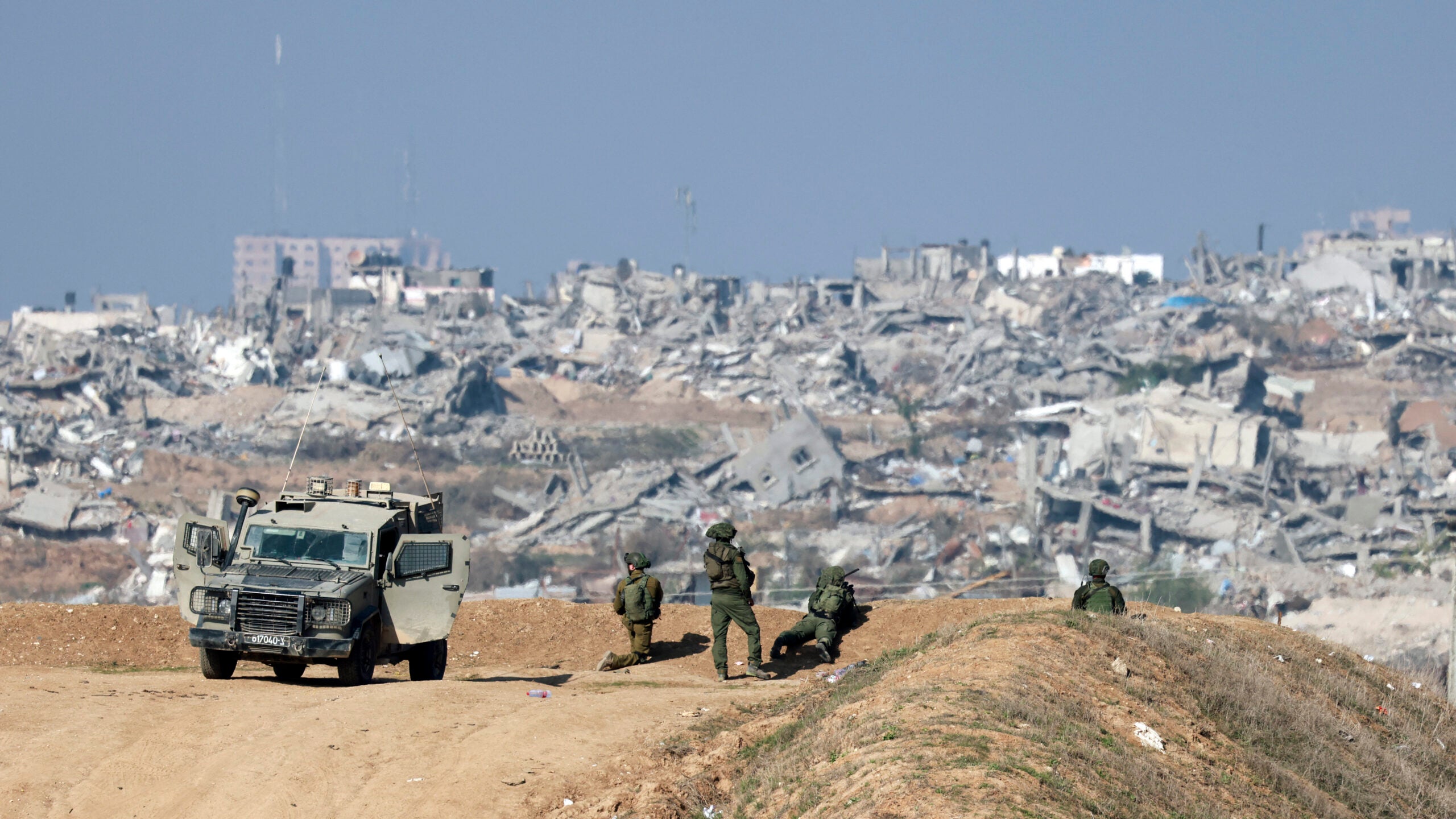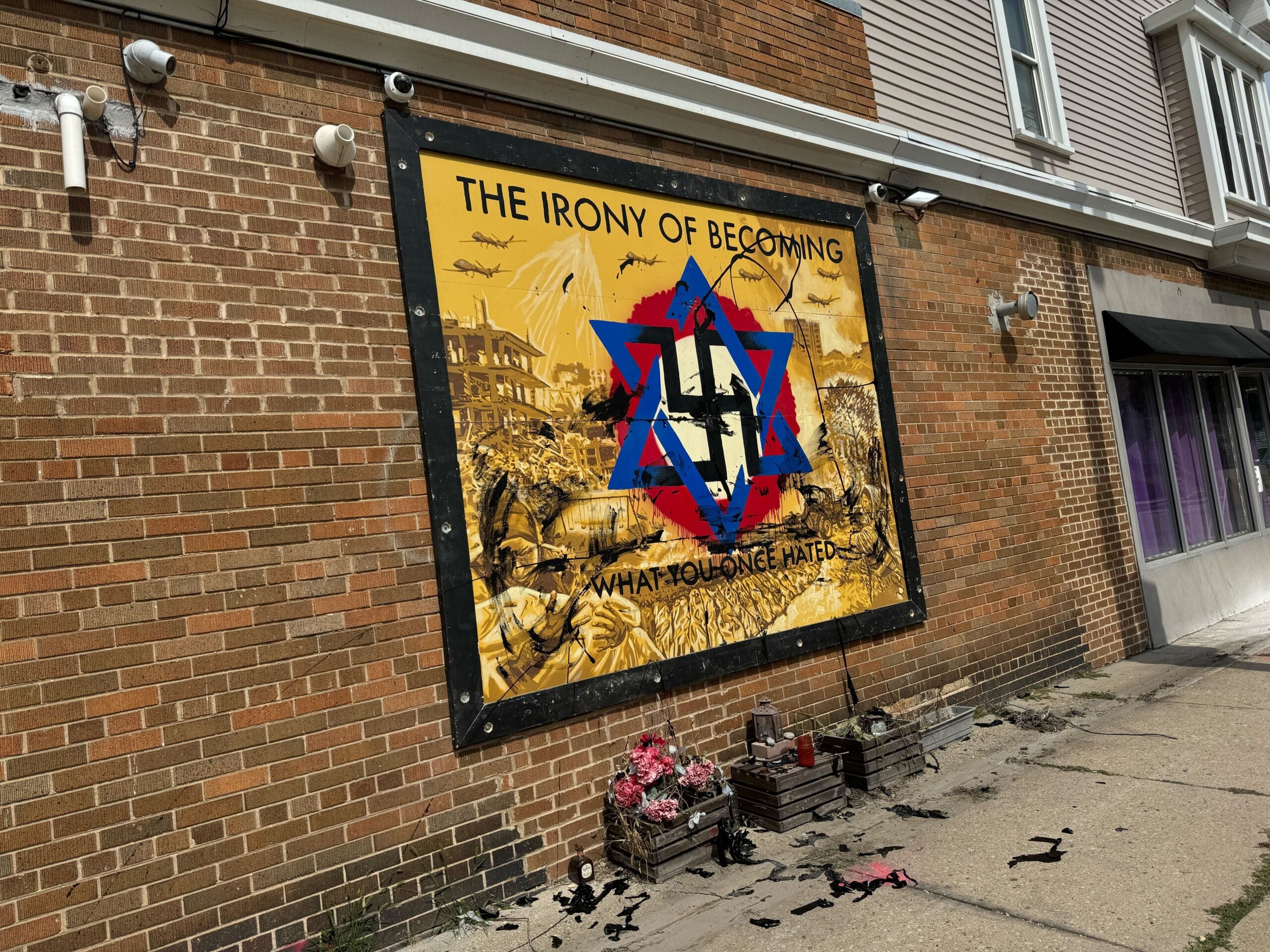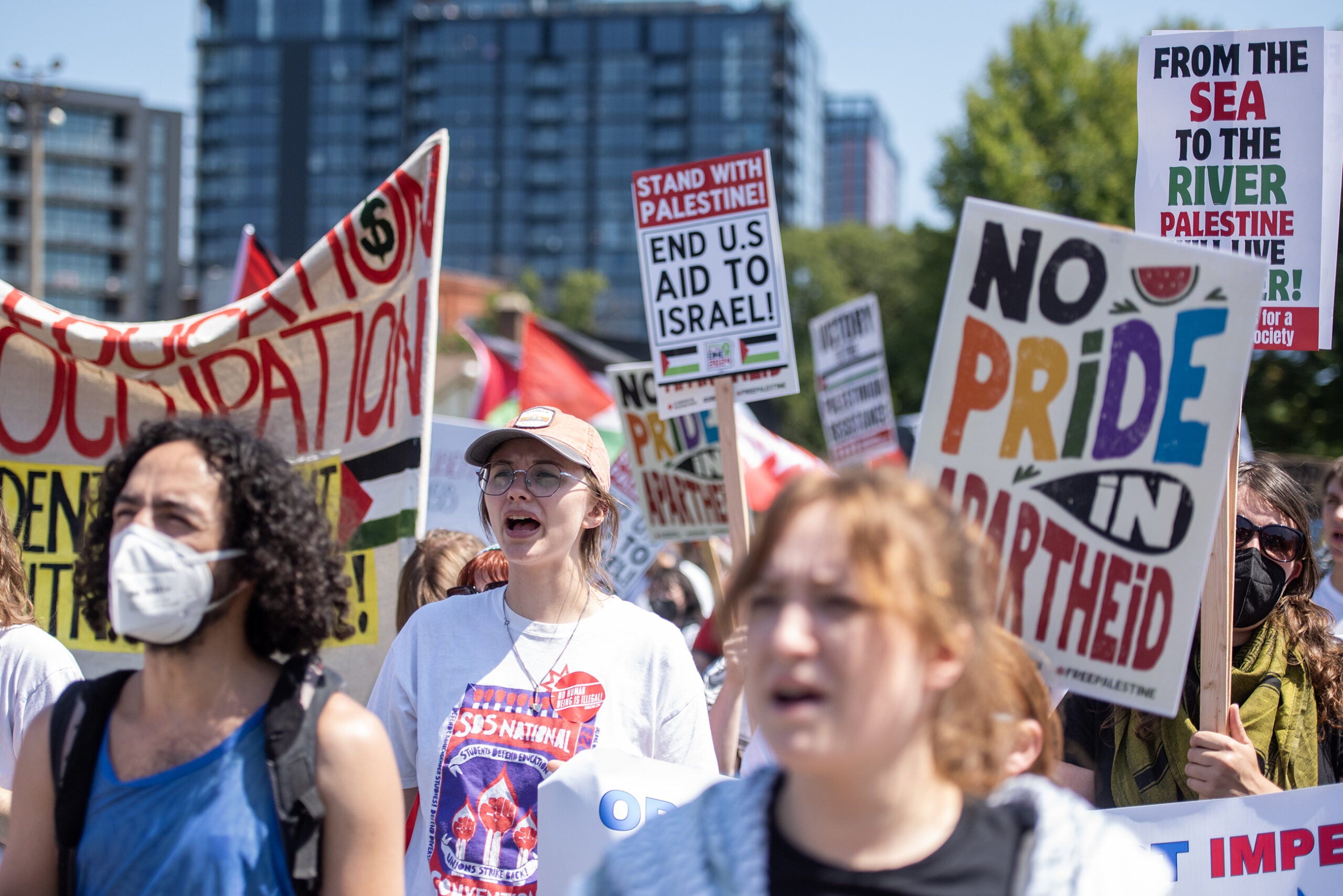TEL AVIV, Israel— Israeli ground troops have withdrawn from some areas of Gaza City, a spokesperson for the municipality in the Hamas-run government said.
The withdrawal comes as Israeli officials announced they would pull thousands of troops from the territory in preparation for a new phase in the war, which began on Oct. 7 when Hamas militants broke through the border and killed some 1,200 Israelis in towns and military bases nearby.
Heavy fighting continues in the south.
News with a little more humanity
WPR’s “Wisconsin Today” newsletter keeps you connected to the state you love without feeling overwhelmed. No paywall. No agenda. No corporate filter.
In the north, Israeli troops have left the western side of Gaza City, including the area around Al-Shifa Hospital, and the old central city, said Asem al-Nabeeh, a municipal spokesperson.
It is now possible to travel safely to “areas I was not able to reach before” because they were too dangerous, he said.
“The level of destruction is massive in most of the places I went to,” he said. “I don’t understand this level of targeting the infrastructure and houses.”
He was also finally able to reach his own home, he said, which was badly damaged when a neighbor’s house was struck. “A number of dead bodies were there,” he added.
Still, ground fighting and artillery shelling remain active in some parts of the city’s east side, Nabeeh said. That includes Shijaiyah, where Nabeeh lives and where three Israeli hostages were shot and killed by an Israeli soldier last month.
The Israeli military declined to comment on the specifics of its military operations.
“What we’re seeing is success, really, in the northern part of Gaza, so that Hamas has pretty much lost control there,” Dennis Ross, a longtime diplomat and fellow at the Washington Institute for Near East Policy, told NPR. “Because of that, the Israelis are shrinking the number of forces they have in Gaza because in a sense, they’re concentrating more on other areas.”
The territory’s most populous municipality before the war, Gaza City was the original focus of Israel’s ground invasion. Troops reached the city in late October.
Some of the most dramatic clashes and strikes of the war so far have taken place there, including the operation at Al-Shifa Hospital and airstrikes that destroyed ancient places of worship such as the Great Omari Mosque and the Church of Saint Porphyrius.
For months, the fighting and airstrikes were so intense that almost all of the city’s population fled south. Much of the city is unrecognizable and uninhabitable. More than 11,000 buildings in Gaza City were damaged or destroyed in the first 50 days of the war, according to an analysis published last month by the United Nations Satellite Center, and more strikes have landed in the weeks since.
The departure of some troops from Gaza City has not given Nabeeh much relief, he said.
“I cannot feel happy while there is an ongoing military operation in other parts of Gaza,” he said. “What will make me happy is a full cease-fire, an independent Palestinian state and our right to self-determination.”
The focus of Israel’s ground operation has shifted to southern Gaza, including in Khan Younis, where the Israeli military said Thursday that one division and two battalions were eliminating Hamas targets and infrastructure.
Health ministry officials in Gaza say that more than 22,000 Palestinians have been killed since Oct. 7, a majority of them women or children. The ministry does not distinguish between civilian and combatant deaths.
9(MDAyMjQ1NTA4MDEyMjU5MTk3OTdlZmMzMQ004))
© Copyright 2025 by NPR. To see more, visit https://www.npr.org.9(MDAyMjQ1NTA4MDEyMjU5MTk3OTdlZmMzMQ004))







